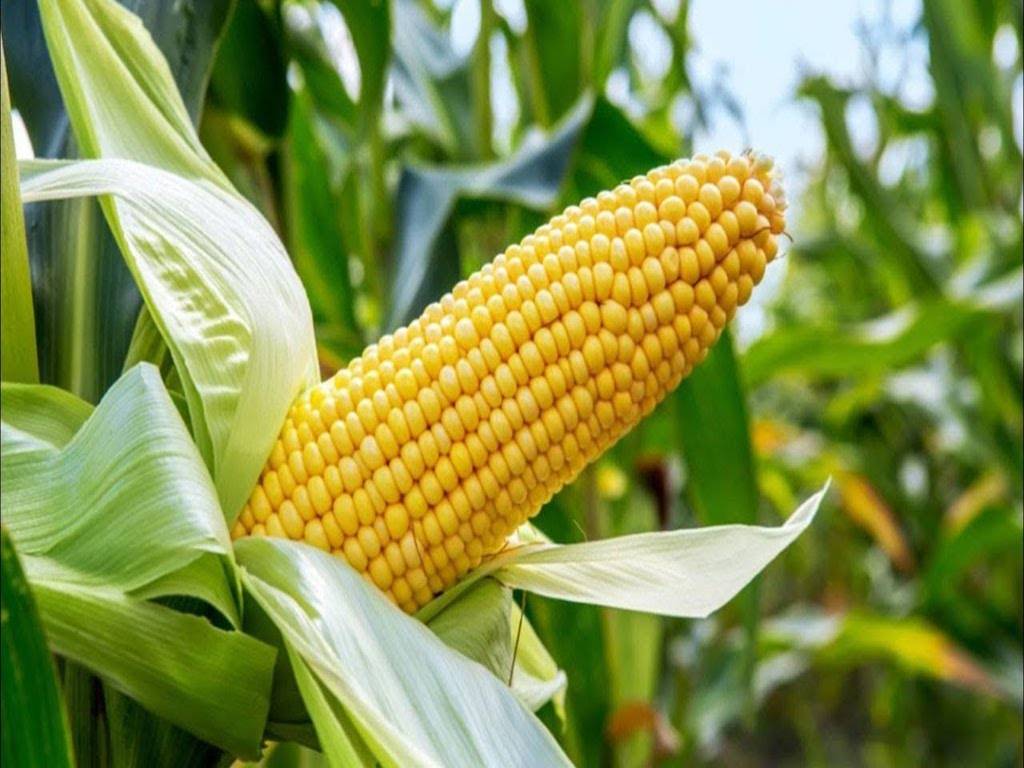
Maize is not gaining popularity among farmers. Farmers in Doaba (Jalandhar) a more suited locale for the crop are resisting the Agriculture Department's efforts to persuade them to cultivate maize as an alternate kharif crop. Farmers believe the low market price, lack of government procurement, and difficulties in drying collected produce have made sowing maize less profitable this season.
Even last year, the area under maize dropped down to 1.08 lakh hectares, and the government has set a goal of bringing 1.5 lakh hectares under the crop this year, as sowing for the kharif variety of maize has commenced. Even today, when spring maize begins to arrive in mandis, farmers are resenting the fact that their harvest is being sold for as little as a third of the MSP of Rs 1,850 per quintal. Because there is no government procurement, private players are only willing to pay between Rs 600 and Rs 850 per quintal, depending on the crop's moisture content.
“There is no doubt that maize is the finest alternative to paddy, and we are depending on private customers for the price,” said SS Sidhu, Director of Agriculture. But, in the coming days, we can certainly hope for a better pricing because several bio-asanol projects that have been approved by the Centre are in the works, and these could be set up in portions of Doaba and Majha in the near future.”he added.
Similarly, farmers from Tarn Taran are also facing similar issue with regard to MSP of maize. Despite the fact that the central government has set the minimum support price for maize at Rs 1,850 this year, no agency in the state has purchased the crop. The crop began arriving at the local grain market a week ago.
The farmers from the locale claimed that the central and state governments had urged them to diversify their crops and break out from the conventional wheat-paddy cycle, but that they were being denied MSP on most crops, including pulses and maize.
Despite efforts by the Punjab agricultural department to enhance maize cultivation and restrict paddy planting as part of a crop diversification plan, farmers are reluctant to choose maize because they incurred losses last year as well.

















